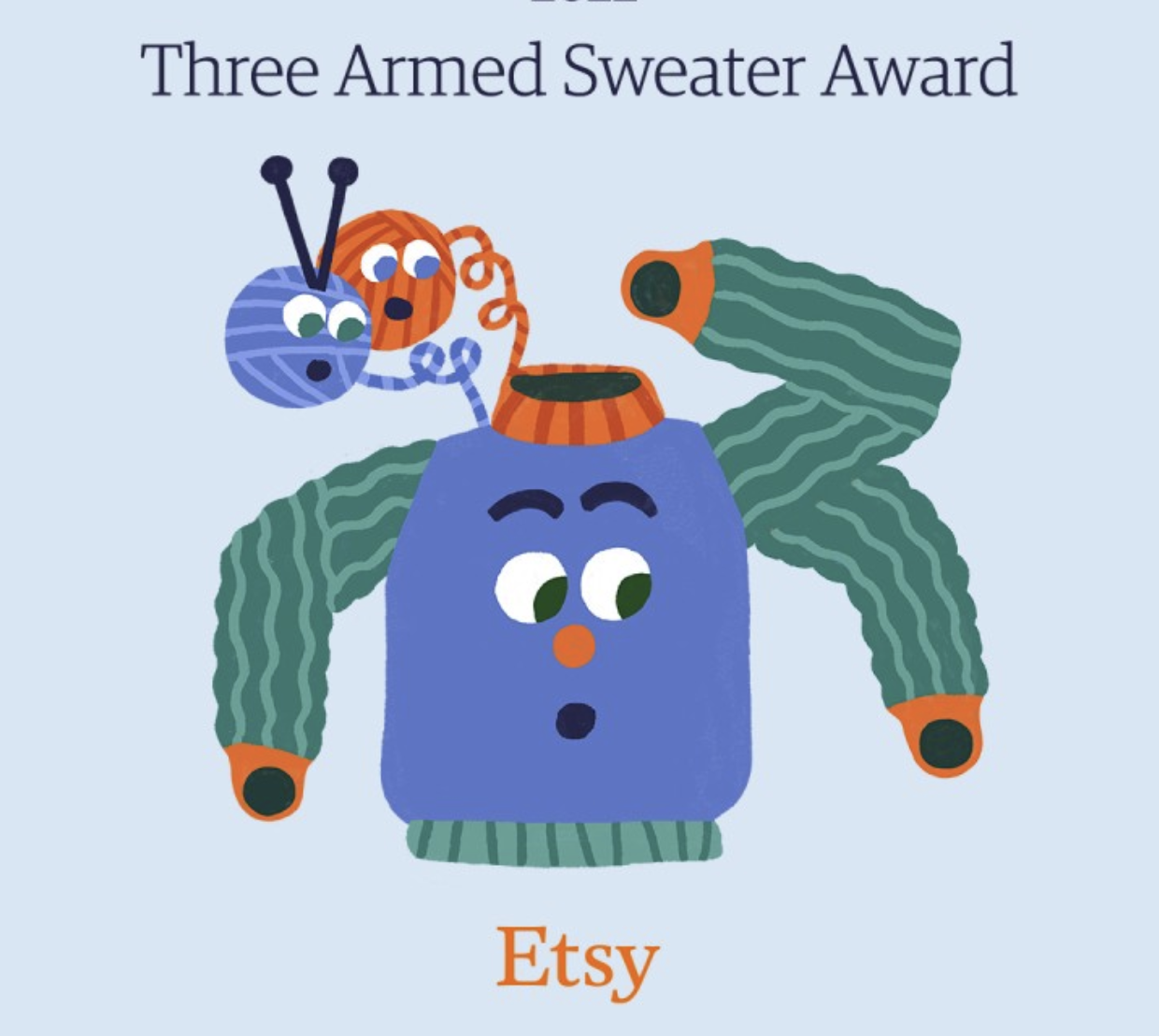Creativity Training Matters

Can creativity be taught, or is it a fixed talent reserved for a lucky few? Researchers at SUNY Buffalo have compelling evidence that creativity training not only works but can dramatically improve outcomes like idea generation and problem-solving effectiveness.
In a recent groundbreaking study, creativity experts at SUNY Buffalo set out to measure precisely what impact—if any—formal creativity training might have on the quantity and originality of ideas produced by individuals and teams. The researchers organized an ambitious experiment involving 559 participants, divided carefully into 114 small teams.
The participants represented three distinct levels of creativity training. The first group had no formal creativity training at all, serving as a control. The second group received some introductory training, typically a single workshop or short course on creative problem-solving techniques. The final group consisted of seasoned creativity experts who had undergone extensive, advanced training.
Once assembled, all teams faced an identical, practical challenge that required tangible innovation: "How can we get more people to ride the bus in Buffalo, New York?"
The results were striking. Teams whose members had received even minimal creativity training produced significantly better outcomes than the untrained groups. In fact, those with any creativity training generated more than twice as many viable ideas. Moreover, these trained groups didn’t just produce a higher quantity of ideas—they also produced more than double the number of original ideas compared to their untrained counterparts.
What does this mean for business leaders, educators, and policymakers? It’s a clear sign that creativity is not just an inherent talent or random inspiration but rather a skill that can be deliberately nurtured and developed. The implications are profound: businesses seeking innovation and breakthrough ideas can tangibly improve their odds of success through structured creativity training.
For organizations wrestling with complex problems—from urban planning to product innovation to enhancing customer experiences—the SUNY Buffalo study suggests a powerful strategy: invest in creative capacity. Training teams in proven creative problem-solving techniques can foster a culture that not only generates more ideas but produces genuinely innovative solutions.
This evidence challenges the myth that creativity is innate and immutable, reframing it as an organizational muscle that, when exercised regularly through structured training, can lead to meaningful and measurable improvements in outcomes. Creativity isn’t merely something you have; it’s something you can grow, nurture, and dramatically enhance.






